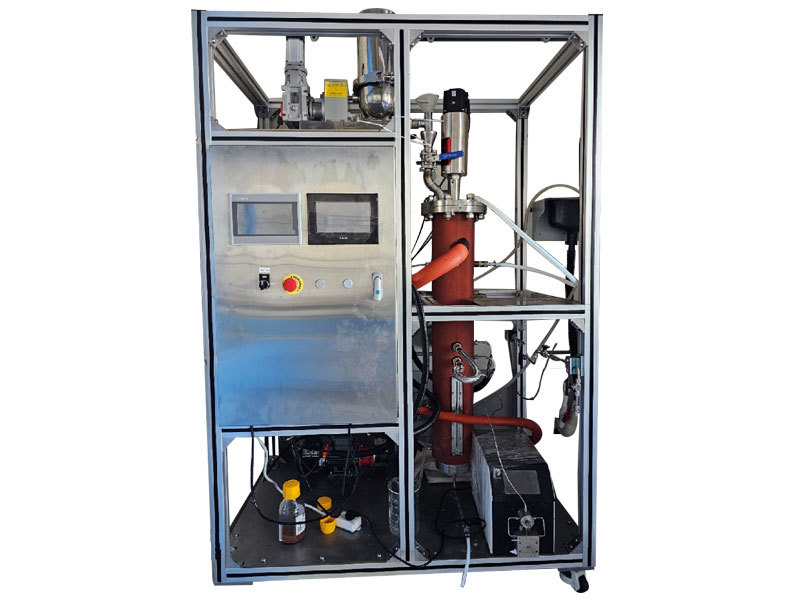Application
Contact Us
Phone
Address
No. 60, Yungjing East Road, Liyuan Town, Tongzhou District, Beijing City, China
Grignard Reaction
Category:
Application
The chemical principle of Grignard reagents lies in the direct bonding of magnesium atoms to carbon chains. Under polarization effects, the carbon atom exhibits a negatively charged nature. The traditional preparation process of Grignard reagents involves complex operational controls. If the reaction progress is not precisely regulated, it may lead to runaway reactions, material ejection, or explosions. The reaction requires strict anhydrous and oxygen-free conditions, along with precise control of both initiation and reaction temperatures.
Key hazardous factors in Grignard reactions include:
● Reaction with water: Water reacts with magnesium to generate hydrogen gas and hydrolyzes Grignard reagents, producing flammable alkane gases.
● Flammable gas generation: Solvent evaporation releases large amounts of flammable vapors, while side reactions during Grignard reagent preparation also generate combustible hydrocarbon gases.
● Temperature sensitivity: Excessively low temperatures in the early stages of Grignard reagent preparation may cause the initiation to abruptly terminate.
● Overheating risks: Strict temperature control is critical in reactors. Overheating can trigger explosive peroxides formed by solvent-oxygen interactions.
Case
The ACS Safety Guidelines (Chemical Laboratory Safety Guidelines) in the United States explicitly recommend prioritizing continuous flow systems for reactions that are highly exothermic or oxygen-/water-sensitive, such as Grignard reactions and organolithium reactions. Fluoropolymers (e.g., PFA) or glass microreactors should be used to avoid side reactions between metallic materials and Grignard reagents. Integrated online monitoring modules (e.g., infrared spectroscopy and pressure sensors) enable real-time feedback on reaction progress.
The guidelines cite the continuous synthesis of Tramadol as a case study: Through a multistep flow reaction process—including Grignard reagent formation, addition, and quenching—the total reaction time was reduced from 12 hours in traditional batch processes to 2 hours, with impurity levels reduced by 90%. PMG-supplied Grignard reactors are compatible with various Grignard reaction processes.

Applications of Grignard Reaction
Grignard Reactor Parameters
| Grignard Reactor | SLGS001 | SLGS002 | SLGS50 | SLGS100 |
| Holding Capacity (L)* | 1 | 2 | 50 | 100 |
| Annual Capacity (t/a) | 40 | 100 | 2000 | 4000 |
| Design Pressure | 0–2 MPa (all models) | |||
| Design Temperature | -20°C to 200°C (all models) | |||
| Reaction Plate Material | 316L Stainless Steel (all models) | |||
| Rotation Speed | 0–600 rpm (all models) | |||
| Sealing Type | Magnetic Seal (all models) | |||
| Structure Dimensions (mm) | 800×600×1800 | 1000×800×2500 | ||
| Suitable Reaction Type | Grignard Reaction (all models) | |||

Industrial-Scale Grignard Reactor
Other News

